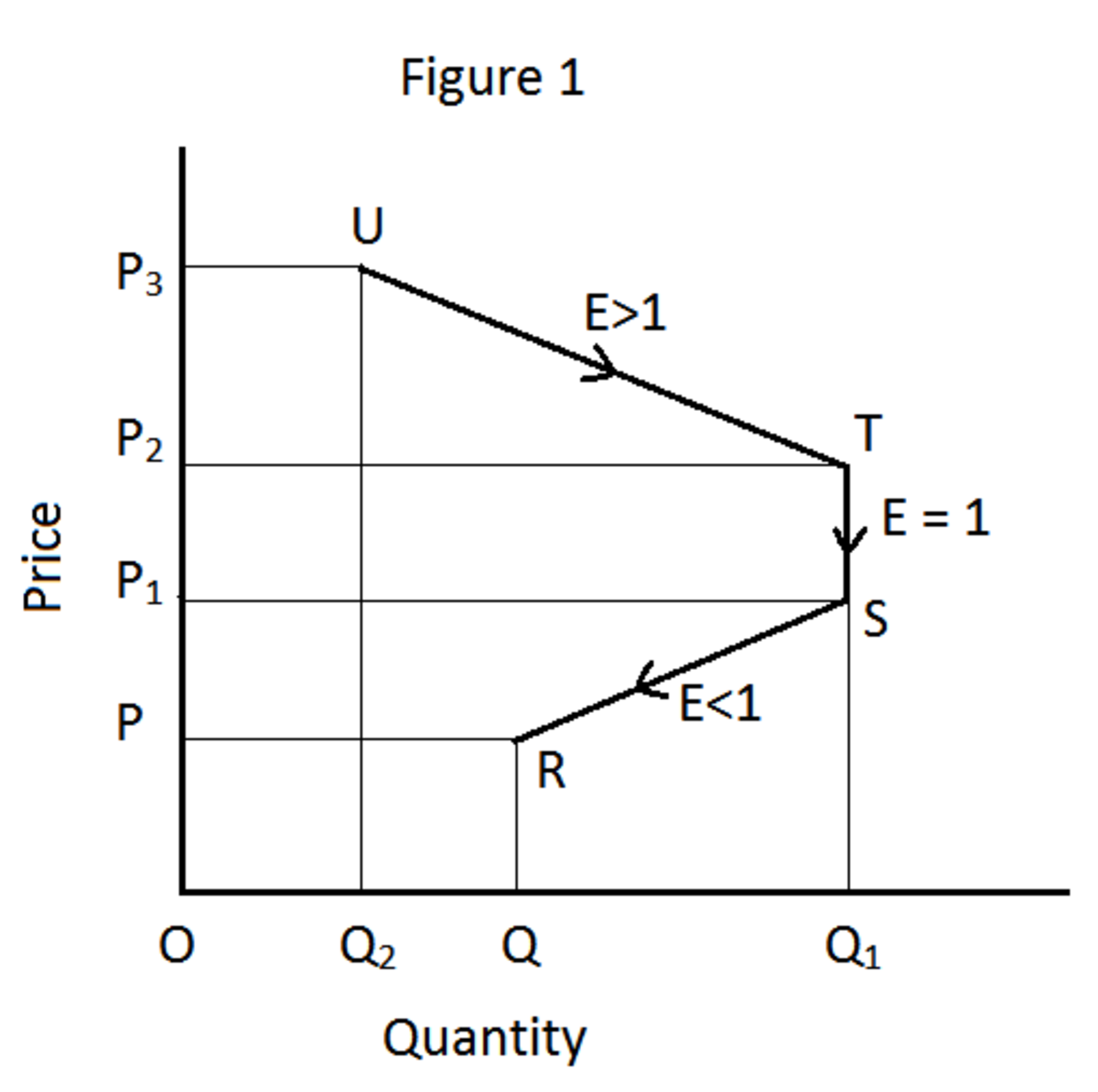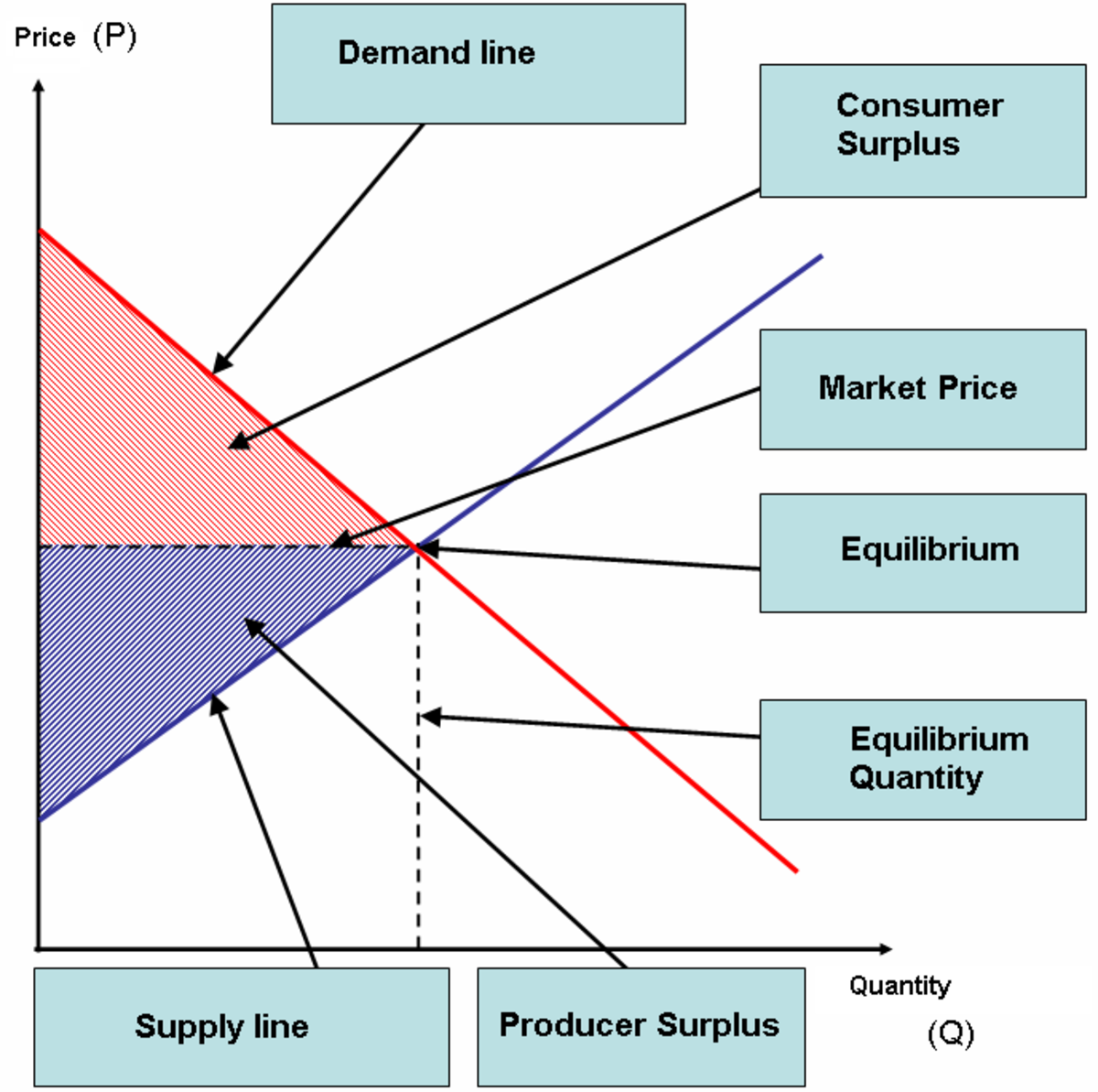The Real (Easy Credit) Bubble Burst: Macroeconomic Macromagnitudes!

Can our most recent economic engine breakdown be blamed on the bursting of The Real (Easy Credit) Bubble? Conventional wisdom says yes. Another bit of conventional wisdom posits that in the beginning in 2008, the subprime mortgage industry began to show signs of major economic concern. This concern manifested itself into a kind of temporal show of global economic devastation. Just how has this (easy credit) bubble burst affected the overall macro economy?
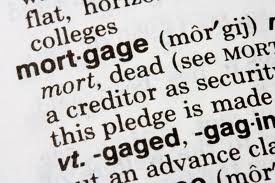
Real Estate--bka, A Mortgage Loan In Disguised!
Real estate, by definition, is considered raw land, homes, apartments and commercial properties—the actual real estate, itself, has very little to do with mortgages. Mortgages are the actual loans given to individuals by lenders with real estate pledged as a form security for the loan. Because very few people have the type of cash outlay to “outright” purchase a large investment such as a home, mortgages became the primary tools to make this a reality. Nonetheless, mortgages are considered loans; and not only that, they’re considered loans “specifically” made for the purchase of real estate—one neither takes out a mortgage to buy a car, nor is a mortgage taken out to purchase high price jewelry.
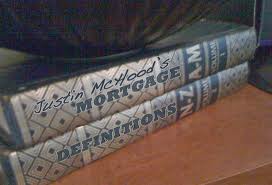
Mortgages Are Still Considered Installments
Unlike many other installment loans, mortgages are primarily considered debt instruments; however, and the only difference is that they’re issued out by large corporations (mainly commercial banks) trust and insurance companies. Let’s not kid ourselves here, these institutions entered the loaning business to make a profit—which entailed collecting interest payments on issued debt instruments. One of the main reasons why we got ourselves into this mess was based on this very same premise: mortgages tied to very high interest were, indeed, very appealing because they rewarded the lenders more so than the borrowers. Even though borrowers were high default risk, the astronomically high interest rates balanced out that risk.
In order to better understand how all of this got out of control, you have to understand what different mortgages mean to the commercial lending institutions: conventional mortgages, from the perspective of the lending institutions, are mortgages that present very little risk; therefore, they represent the top of the feeding chamber for commercial banks. However, at the very bottom end of the feeding chamber were these so called subprime mortgages. Because these loans were much riskier for lending institutions, in order to hedge that risk (income, poor credit history, etc) they were sold to the unsophisticated borrower at a much higher interest rate. Alas, many of the subprime loans were attached to hidden fees, miscellaneous charges, etc. Most, if not all, came along with the ubiquitous but very dangerous adjustable rate mortgages.
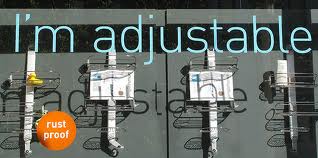

ARM Mortgages: Came Armed With A Gun!
What’s an adjustable rate mortgage? An adjustable-rate mortgage (ARM) is a mortgage loan where the interest rate on the note is periodically adjusted based on the Constant-Maturity Treasury (CMT), the Cost of Funds Index (COFI), and the London Interbank Offered Rate (LIBOR) indices, according to the website wikipedia. Because adjustable rates transfer most of the interest rate risk to the borrower, lenders used them where unpredictable interest rates make fixed rate loans difficult to sell. Like a virtual game of Russian Roulette, if interest rates were to fall, borrowers benefited but if the interest rate increased borrowers not only lost….they lost big time: most borrowers knew the inherent risk involved with (ARM) mortgages but still didn’t mind taking the risk of getting their heads blown-off. For many borrowers on the fringes of income problems (living paycheck to paycheck) combined with both consumer credit debt and a slow job market, a sudden increase in interest was equivalent to a financial “bullet to the brain.” Now what we’re witnessing in the real estate bubble’s aftermath is a mindset of financial disillusion: “What just happened?” could be what most people are saying.
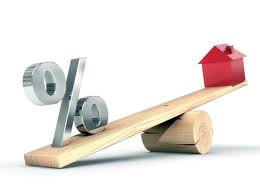

Low Today, High Tomorrow!
In conclusion, when does an ARM make sense? If you're planning to stay in a home for only a few years then an ARM becomes a decent option; and to a potential borrower using an ARM in this situation, becomes completely justified. Because of the difficulty of qualifying for a loan at higher “fixed” interest rates, the lower ARM rate gave borrowers a false sense of being a prudent shopper—by not only making it appear much easier for them to qualify for the loan—but also making their monthly payments rather affordable on the surface. But any good banker/realtor will tell you if you don’t lock into a low interest rate, you don’t have any protection from the natural forces of the market process. In the field of financial economics, there’s a saying of, “what’s low today, must be high tomorrow.”







